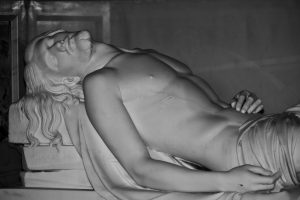Archival Moment
August 10, 1984
The Basilica-Cathedral of St. John the Baptist in St. John’s is the symbol of Roman Catholicism in Newfoundland. The structure is a testament to the faith and determination of the Irish-Catholic population of the province.
The project began under the leadership of Bishop Michael Anthony Fleming, who went through great pains to secure a grant of land to build the cathedral. After making five trips to England, Fleming acquired nine acres of land on which to build the church and related buildings. Work commenced with the fencing of the land in 1838, and on the May 21, 1841 the cornerstone was laid.
Sixteen years elapsed from the time excavation work began in 1839 until the cathedral was consecrated in 1855.
On August 10, 1984 the Basilica was designated a National Historic Site by the Historic Sites and Monuments Board of Canada.
Recommended Archival Collection: Archives of the Roman Catholic Archdiocese of St. John’s. http://rcsj.org/archives-research
Recommended Museum: The Basilica Cathedral Museum and Library has one of the largest collections of church related artifacts in the country and is home to one of the oldest collections of books in the province. Tours are available during the summer season.
Recommended Reading: Fire Upon the Earth, the Life and Times of Bishop Michael Anthony Fleming, O.S.F. by J.B. Darcy, Creative Publishers, St. John’s, 2003.
Recommended Website: From Cornerstone to Consecration: http://www.museevirtuel-virtualmuseum.ca/sgc-cms/expositions-exhibitions/basilique-basilica/en/index.html
List of National Historic Sites in Newfoundland and Labrador: http://www.newfoundlandlabrador.com/placestogo/nationalhistoricsites













